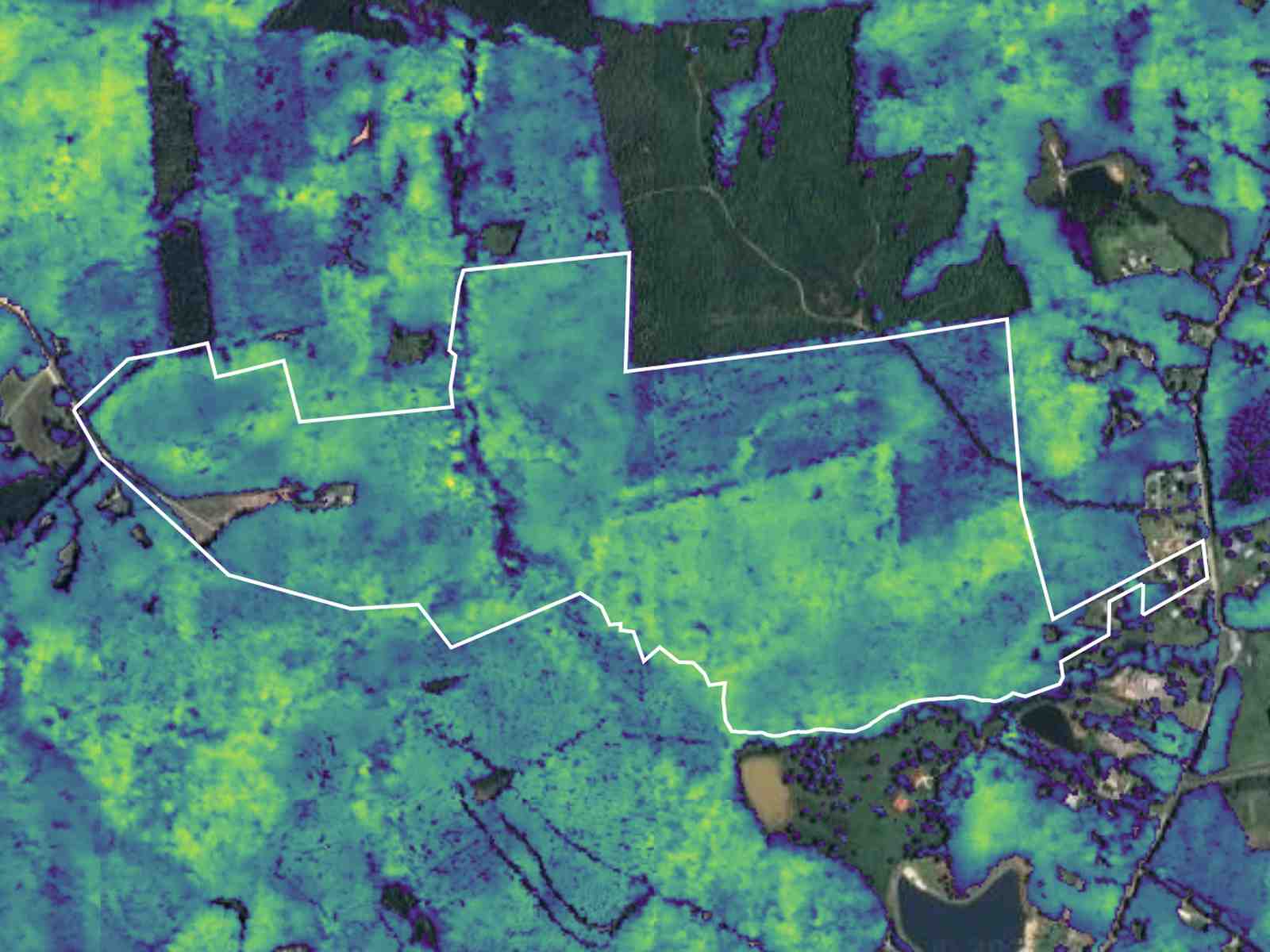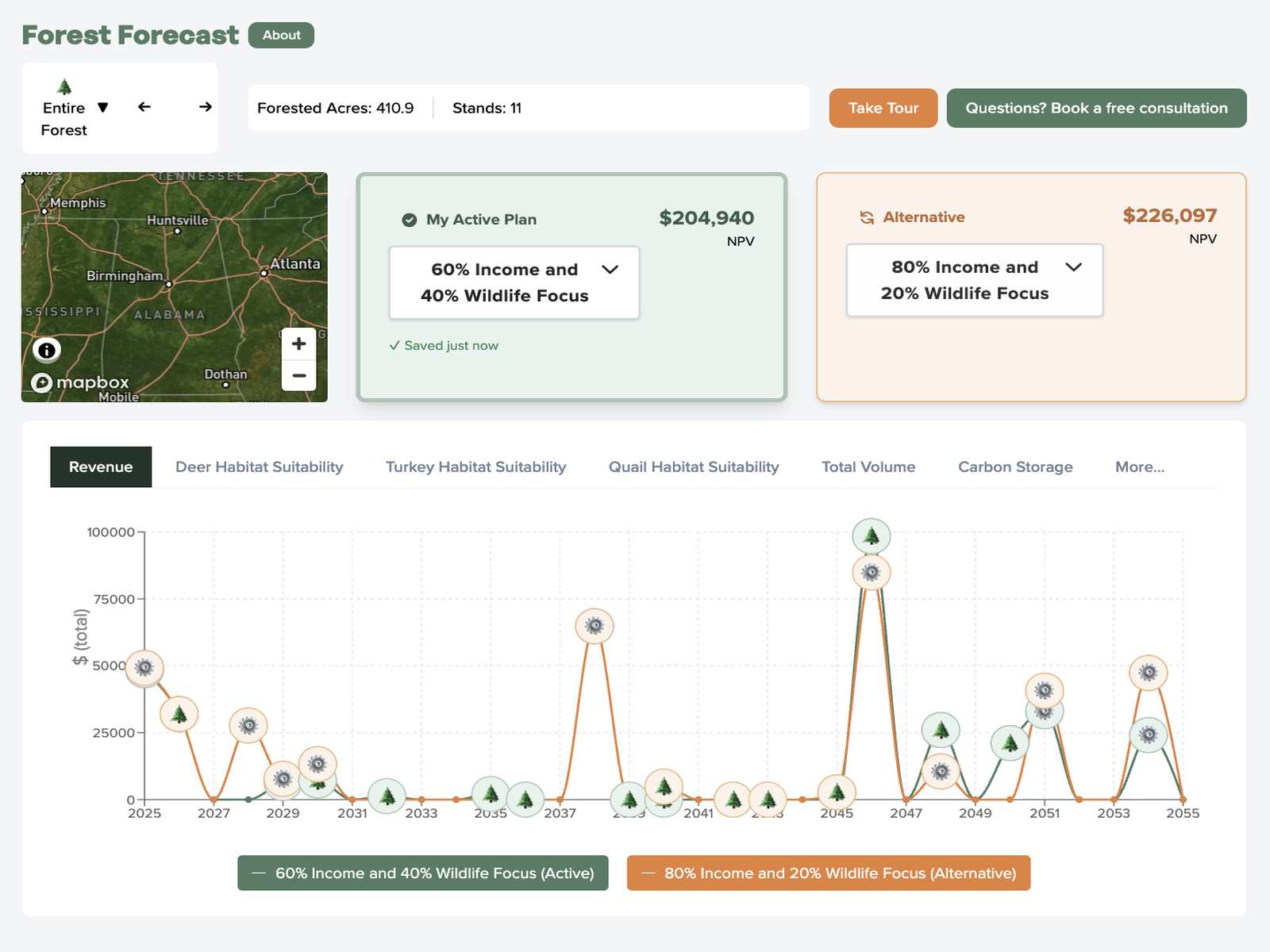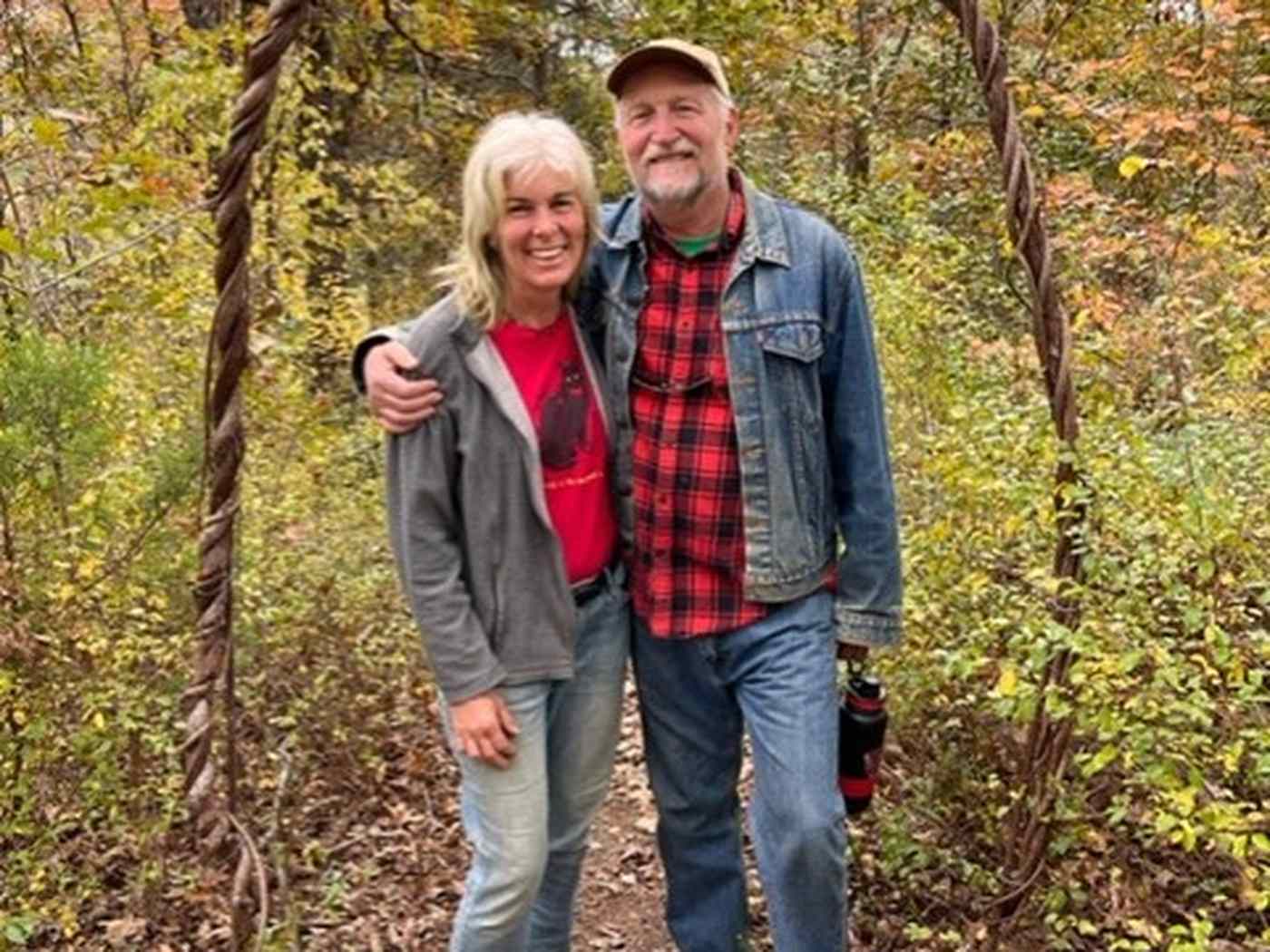How It Works

NCX Property Analysis
We analyze your property and show you all your options—timber income, conservation programs, carbon credits, and more.

See What's Possible
NCX's experts make recommendations based on your goals and help you find a path forward that's right for you and your land.

Act with Confidence
Ready to take action? For a fee, NCX can handle everything for you—connecting with buyers, managing contracts, and navigating paperwork.